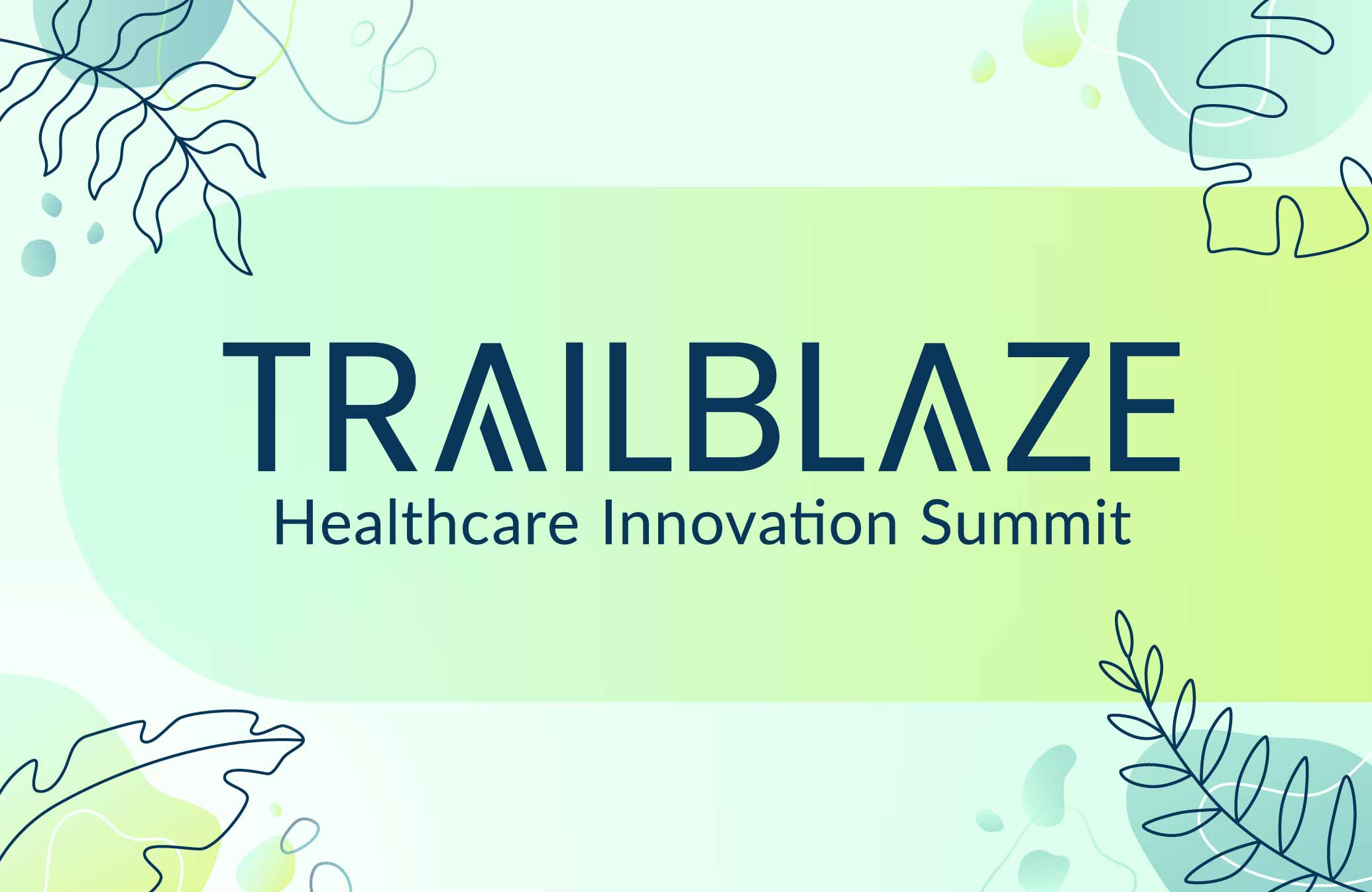Medicare Advantage (MA) members now have more choices than ever when it comes to the plans they select. Even though plans spend a great deal of time and resources over-rotating on member experience, the score continues to slide, yet this measure accounts for more than 55% of a plan’s Star Rating. For many, this can be a recipe for disaster.
Numerous studies have tried to figure out why members leave their health plans. It turns out that satisfaction with the level of engagement and communication they receive from their plan is a critical consideration during the member lifecycle journey. Members also want to feel their plan respects them as individuals.
Staying competitive in this fast-changing marketplace means taking stock of member satisfaction and how members feel about their current plan. It also means recognizing the importance of strengthening CAHPS scores and understanding the health equity barriers and social determinants of health (SDoH) affecting each person’s ability to access the care they need.
We’ve worked with many health plans on how to improve CAHPS scores and strengthen their overall member experience. These projects have revealed five key steps essential to a successful outreach and healthcare member engagement effort.
5 Strategies To Boost Member Experience And Improve CAHPS Scores
#1—Use a Multi-Channel Approach
There are many effective ways to communicate with members today, and people engage with each in different ways. Some need an in-person discussion to help them feel connected, while others prefer a simple text message reminder. Never assume that someone’s age, social circumstances, or another demographic identifier predetermines their preferred communication channel. You may be surprised at what you find. (Hint: People of all ages have really embraced texting!)
All of this points to the need for a multi-channel approach that can include email, text messaging, phone calls, interactive voice, mail, social media, and in-person interactions. Sharing a message via multiple routes increases the chance a member will see, hear, and internalize the message, which can enhance their view of the health plan as well as improve their health.
Additionally, by tracking engagement rates over time, you’ll discover which members prefer which channels and can prioritize those to further increase response rates and help move them toward better health. If you find you’re lacking contact details to reach many of your members as you get started, Icario can help with data enrichment strategies.
#2—Make the Experience Personal
Your membership is made up of many individuals with varying attitudes, needs, likes, and dislikes. This means you can’t have a one-size-fits-all engagement strategy. Amazon knows what kind of books its customers like—you should know what kind of messaging and which communication channels your members prefer. This also means offering services that meet members’ individual needs in convenient ways, including the use of online forms and social media, text messaging, and live agents.
Increasing the level of personalization you’re able to incorporate is possible with a thoughtful approach to messaging over time. Just as you need to determine the best communication channels, you also have to analyze the types of messages members engage with to see what sparks their interest.
Tailor communications to member preferences gleaned over time to make outreach more meaningful and increase the likelihood of response. You may also need to assess whether a caregiver is in place to handle any outreach on behalf of the member. This is particularly relevant for Dual Eligible Special Needs Plan (D-SNP) members with significant mental and physical disabilities.
#3—Communicate Clearly
Healthcare in general is infamously rife with complexity, including the process of obtaining, understanding, and accessing the benefits of a health plan. The role of language in your communications is crucial and has a huge impact on building member health literacy.
Not only does this mean capturing a member’s native language preference but it also means aiming to communicate at a 5th-grade reading level to ensure recipients can easily understand what’s being explained or asked of them.
“51% of Americans would struggle to read a book at the 8th-grade level.”

Ingrid Lindberg
CEO & Founder, Chief Customer, Trailblaze ’22One study of 249 adults found that nearly 80% did not know “hemorrhage” means “bleeding.” This illustrates the importance of explaining complex medical terms in plain language, avoiding clichés, idioms, and slang. You can also use design to help readability, ensuring plenty of white space and simple, engaging imagery or diagrams.
Above all, don’t just tell members what to do—tell them why it matters. Make it relatable to their personal health circumstances, stage of life, and social barriers.
#4—Educate Your Members
You want your members to view your plan as a trusted resource in their corner every step of the way. Establishing and deepening this relationship requires you to provide accurate information and access to resources they may not even be aware of, such as those you offer through community partnerships.
Educating and providing members with resources also involves anticipating potential areas of member dissatisfaction so you can inform them of what to do if they have a negative experience. It’s important to be sensitive to the fine balance required between education and overcommunication, which can lead to member abrasion.
Showing members you know who they are as an individual (the personalization element we discussed previously) leads them to trust you when you suggest health actions they can take to improve their quality of life (if not their longevity).
Examples include helping them understand the value of completing activities such as Health Risk Assessments, Annual Wellness Visits, preventive screenings, and much more. Trust goes a long way toward building a relationship between the member and the plan that can keep them from switching to alternatives.

The Untapped Potential of Annual Wellness Visits to Improve Quality & Capture Risk
Discover how powerfully personalized health action programs not only boost annual wellness visits, but improve overall quality scores and close gaps in care.
#5—Take Action to Address Concerns
Doing mock or pre-CAHPS surveys can help you identify unhappy members. However, these surveys are only beneficial if you follow up and address the issues they bring to light. Taking action based on the results of these surveys helps you be proactive before the member receives that all-important CAHPS survey to complete. It’s critical that members feel their voices are heard and their needs are being met. Like all interactions, this should be an ongoing initiative so you can develop a positive feedback loop that helps you shape benefits on a continual basis for upcoming plan years.
With the new HEDIS measures that focus on social needs screening and interventions (SNS-E), plans are also encouraged to determine a member’s food, housing, and transportation barriers and follow up with a plan of intervention within a month of identification. Having this data will enable plans to influence member health and CAHPS scores in new ways. In fact, these measures are widely expected to become part of the Star Ratings framework in future years.
A Proactive Approach To CAHPS And Satisfaction
Icario clients use our proven Member Satisfaction Solution designed to help them proactively address the most common sources of member dissatisfaction—and the Part C measures they can address directly.
We begin by applying proprietary predictive analytics to identify the members who are unhappy or unengaged. Then, we proactively reach out to them to keep them informed and involved in their health. We remind them about the valuable benefits their plan offers and connect them with vital community resources.
And, most importantly, we let members know their plan cares.




